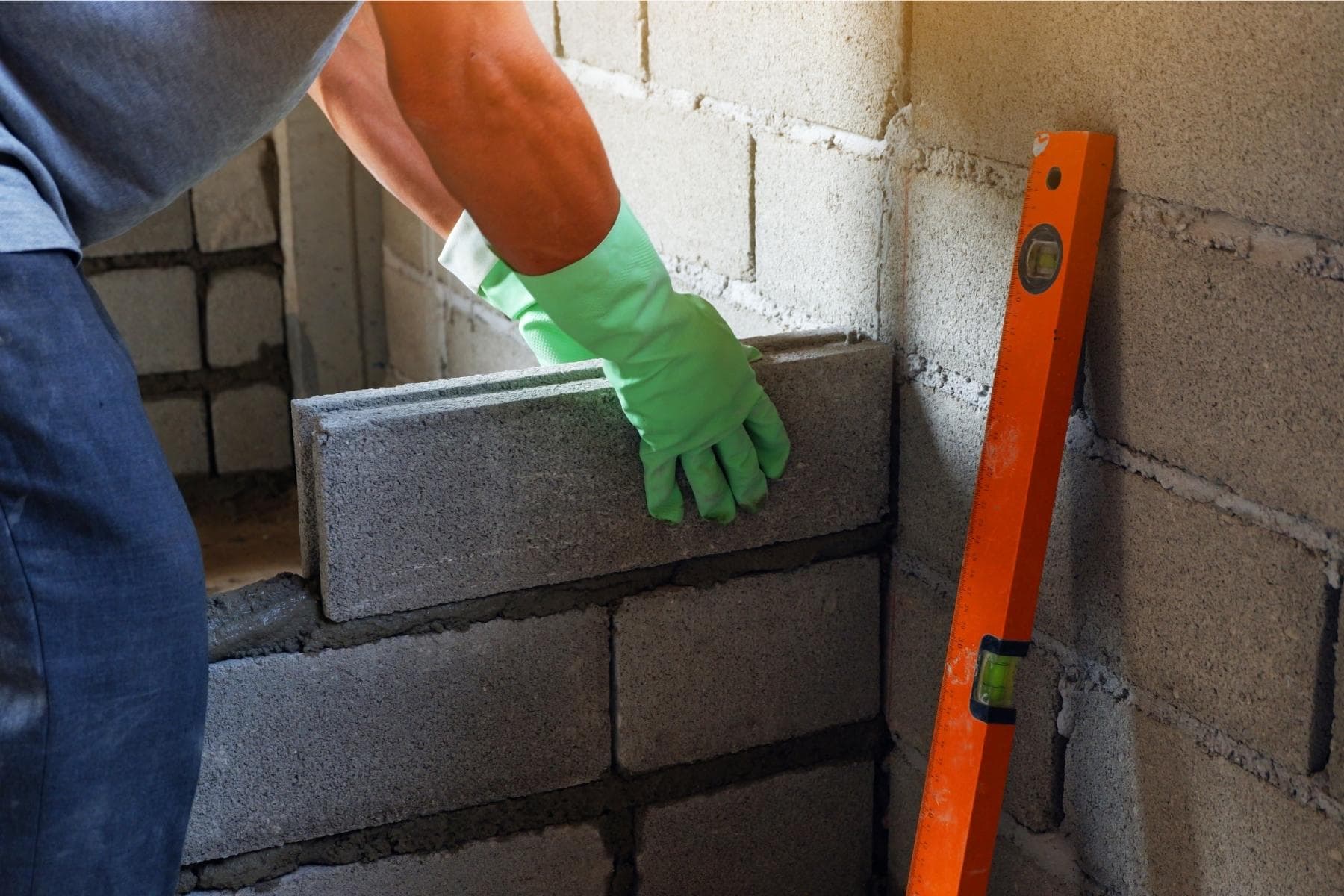When building structures for the home, masonry units like brick, concrete blocks and natural stone prove to be a popular choice among homeowners. This is understandable given that any structure made of such materials cannot be surpassed in terms of quality – it will not burn, shrink or warp and it will not be attacked by pests. Masonry units also permit freedom when it comes to architectural style and layout. When used as walls for homes, they facilitate energy efficiency and allow for a beautiful interior and exterior finish. In short, these materials represent value for money.
Keep in mind, however, that although structures made from masonry are known for their durability, they are still susceptible to getting damaged, especially if they are neglected. Frequent exposure to different elements, particularly water, can impact their long-term performance.
As such, if you have a masonry structure at home, caring for them through proper maintenance is the key to adding years to their service lives. Beyond this, however, a little TLC can go a long way toward preventing expensive masonry problems from cropping up, thereby affording you money savings over the long term. Below are some tips how you can look after your masonry.
Do Regular Inspections
While your masonry structure appears sound, that does not mean it is in good shape. Know that some damages on masonry go beyond the ones you see on the surface. The presence of stains on your masonry walls, for instance, may be an evidence of an undetected moisture infiltration that could cause unseen deterioration, such as corrosion of metal parts and mold growth. The problem with this is that you may not be able to realize the problem until it gets worse.
Masonry maintenance should always start with inspection. This simple procedure will help you gauge the overall condition of your masonry structure, letting you know about problems that could affect its integrity, performance and safety and allowing you to identify what could be causing them. It is also through this process that you will know when potential repairs may be necessary and when cleaning should be carried out.
Clean It Up
Although masonry structures do not require the sort of regular and extensive cleaning that structures made from other materials would require, it is still necessary to clean them occasionally. Know that cleaning is not just about restoring the visual appeal of your masonry structure. As with inspection, cleaning will also allow you to detect underlying problems that might have been obscured by layers of dirt and pollutant crusts. Hence, when done along with inspection, it will help you evaluate the condition of your structure and ultimately plan out for suitable corrective solutions.
When cleaning masonry, care should be taken when choosing the method and product that will be employed for the process. At the most, the gentlest possible technique and the mildest cleaning product should be used to prevent damaging the masonry.
Repair, Repoint, Replace
With frequent exposure to the elements, such as heat, cold, water and foot traffic (in the case of masonry paths or walkways), your masonry structure takes a lot of beating. This may result for the units and their mortars to develop cracks and gaps and they may even get damaged or fall out.
In any case, the right repairs should be carried out once the problem is noticed. For instance, deteriorated or missing mortar and masonry should be repointed to prevent water infiltration. Cracks and gaps should be patched with the right patching mix to prevent them from getting worse and causing more serious problems down the road.
Apply Air and Water Barrier
As you are probably aware, water is the toughest enemy of any masonry. Where air could pass through, water could also penetrate. So once it infiltrates the structure, it could cause significant damage that could get expensive to repair and may even affect the safety and performance of the masonry.
A good way to make your masonry structure more air and water tight is to apply an air and water barrier to it. Traditionally, air and water barriers were applied during the phase when the structure is being built. This is because the barriers come in the form of fabric wraps and peel-and-sticks. The process of installation is often time-consuming.
However, innovations in technology have helped develop a new breed of air and water barriers that can be sprayed or rolled onto masonry walls and structures, thereby making the installation easier. By applying such type of barrier to your masonry structure, you will be able to create a seamless envelope that will protect the masonry against leaks.









